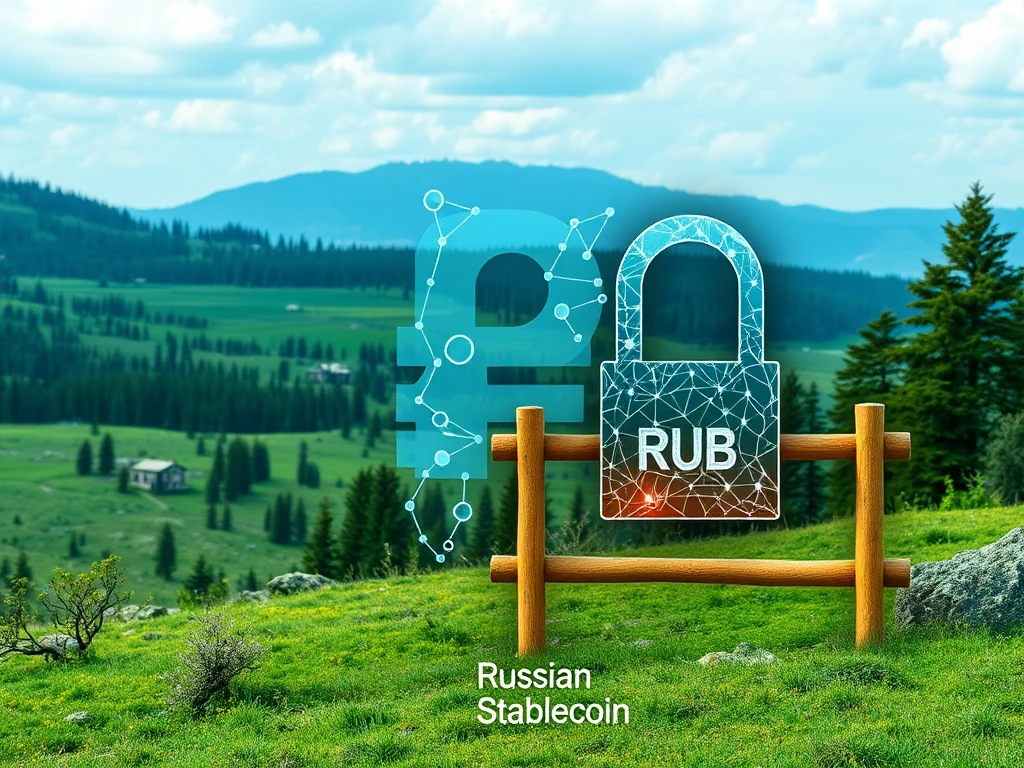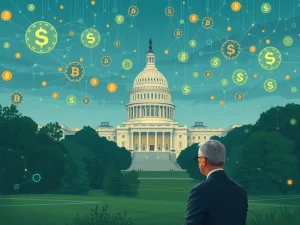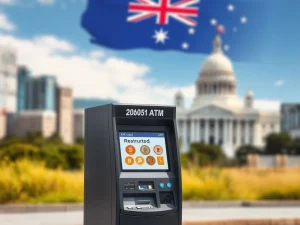Russian Ruble Stablecoin: 7 Crucial ‘Tether Replica’ Features Listed Amid Regulatory Challenges

The idea of a Russian ruble stablecoin is gaining traction, but building a truly competitive digital asset presents significant hurdles. Recent discussions at the Blockchain Forum in Moscow shed light on what a viable ruble-backed stablecoin might look like, and the challenges it faces, particularly regarding crypto regulation in Russia.
What Makes a Russian Ruble Stablecoin Viable?
Sergey Mendeleev, a prominent figure in the Russian crypto space, outlined seven essential criteria for a potential “Tether replica” stablecoin pegged to the ruble. These stablecoin features aim to replicate the utility and appeal of established stablecoins like USDT, while navigating the unique Russian landscape.
According to Mendeleev, a successful Russian ruble stablecoin would need to incorporate the following aspects:
- Untraceable Transactions: Enabling private transfers between users.
- No KYC Requirements: Allowing users to transact without mandatory identity verification (KYC transactions).
- Overcollateralization (DAI Model): Similar to Dai (DAI), the stablecoin should be backed by assets exceeding its total supply, verifiable on-chain via smart contracts.
- Excess Liquidity: Easy convertibility on both centralized and decentralized exchanges.
- Yield Earning: The ability for holders to earn interest on their stablecoin holdings, potentially via smart contracts.
- Cheap Transactions: Keeping transaction costs low.
- Unblockable/Unfreezable Contracts: Ensuring smart contracts cannot be easily blocked or frozen by authorities or issuers.
Mendeleev stressed that while technically many of these stablecoin features are feasible and implemented in various projects, unifying them into one product is key.
The Regulatory Roadblock for KYC Transactions
Despite the technical possibilities, the path to a Russian ruble stablecoin is fraught with regulatory challenges. Mendeleev pointed out a significant conflict: the desire for features like untraceable transactions and no KYC transactions runs directly counter to the current direction of crypto regulation in Russia.
He noted that Russian regulators appear to be moving towards greater centralization and control over crypto activities, rather than liberalization. This regulatory environment makes the implementation of features like anonymity and the absence of KYC checks highly improbable under current laws.
The executive expressed skepticism that a true “Tether replica” with these desired characteristics could emerge soon, primarily due to this regulatory mismatch. While the Finance Ministry has reportedly expressed interest in developing ruble stablecoins, the focus seems to be on regulated, likely more centralized, versions.
Beyond Regulation: The Challenge of Trust
While crypto regulation in Russia is a major hurdle, Mendeleev also highlighted the critical need for user trust. For a Russian ruble stablecoin to compete with established alternatives like USDT, users must perceive it as a reliable and viable option. Building this trust requires transparency, consistent performance, and clear backing.
Russia is also actively developing its central bank digital currency (CBDC), the digital ruble, which is expected to roll out for commercial banks in the second half of 2025. This government-backed initiative represents a different approach to digital currency, focused on centralized control rather than the decentralized model discussed for a potential private stablecoin.
Conclusion: Awaiting Regulatory Clarity
Creating a robust Russian ruble stablecoin with competitive stablecoin features, potentially mirroring a “Tether replica,” appears technically possible. However, the current trajectory of crypto regulation in Russia, which conflicts with desired features like non-KYC transactions and untraceability, presents a significant obstacle. Until regulatory clarity aligns more closely with the technical and user-centric requirements for a competitive stablecoin, the development of a widely adopted private ruble stablecoin remains uncertain.










